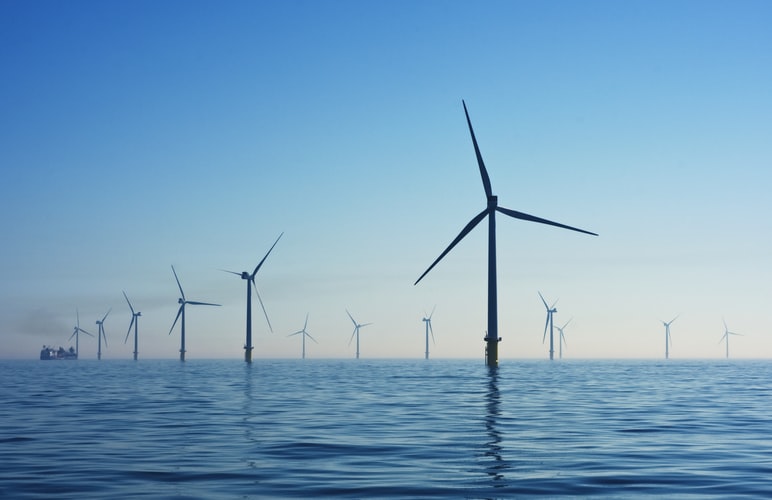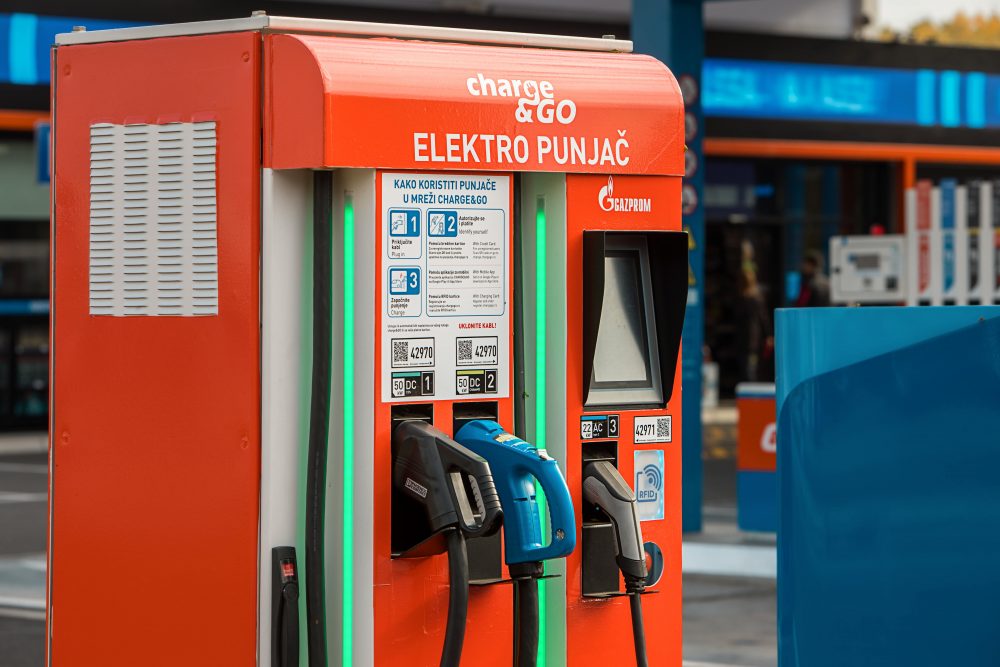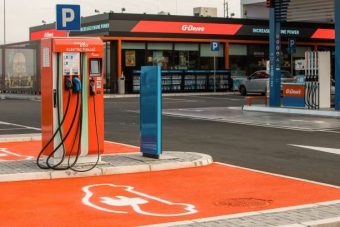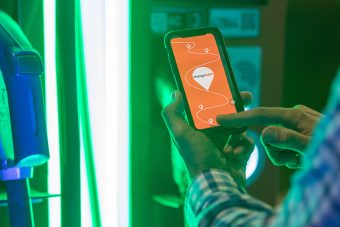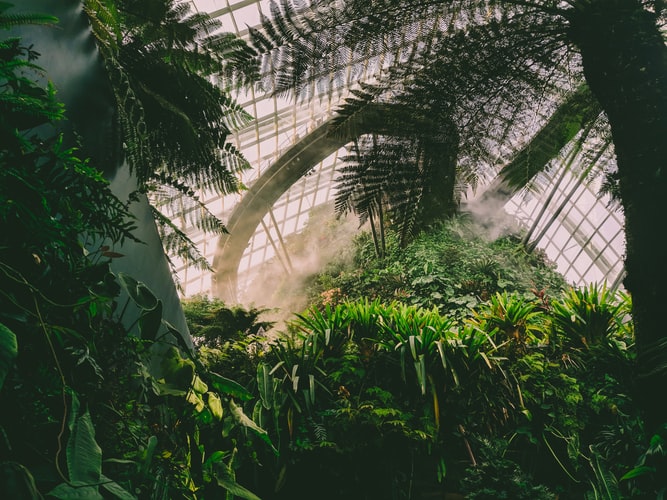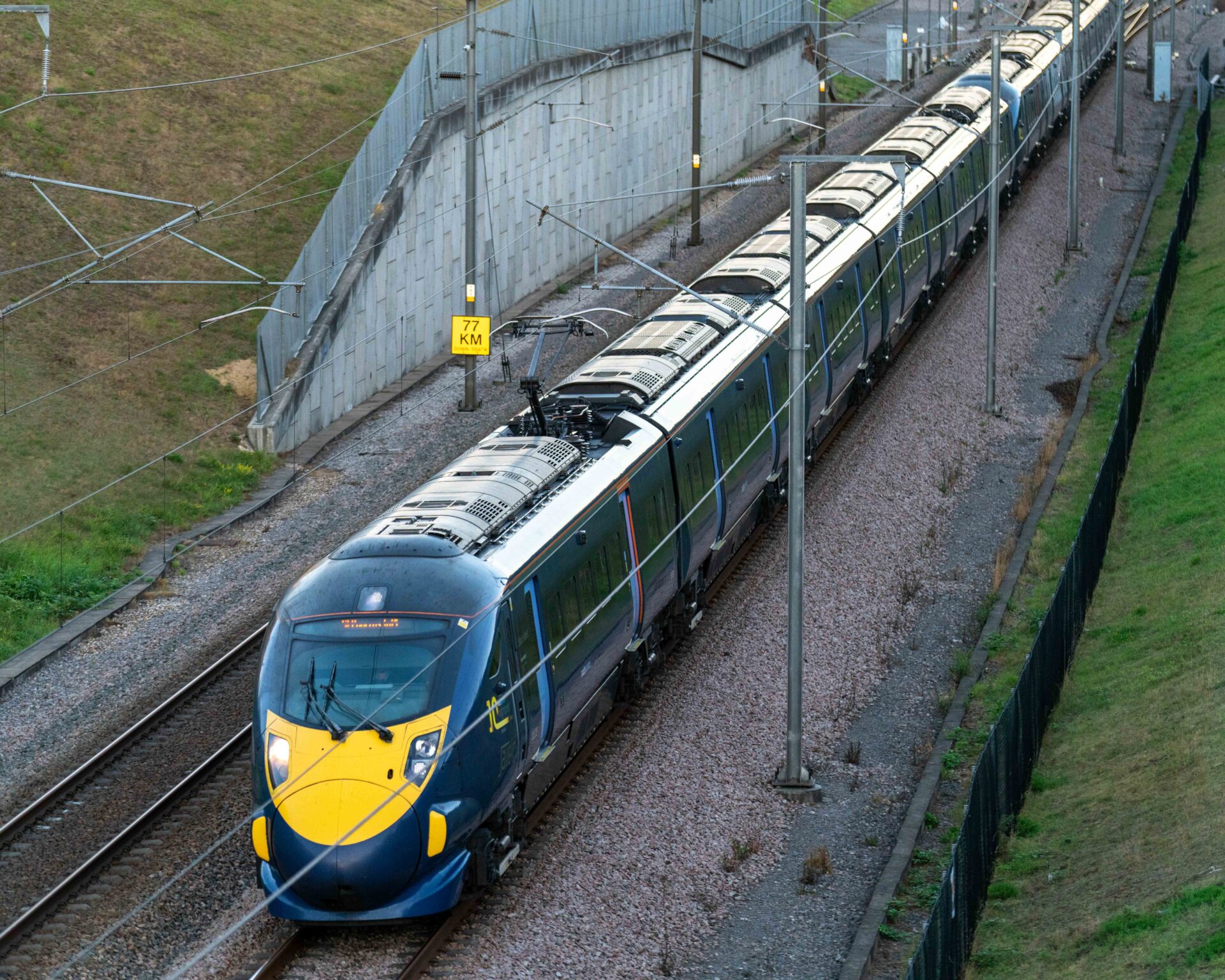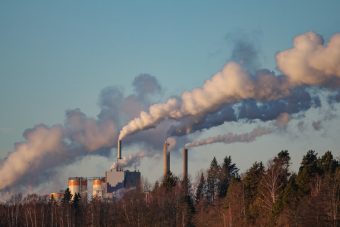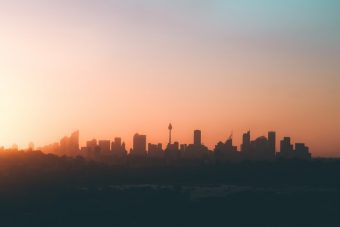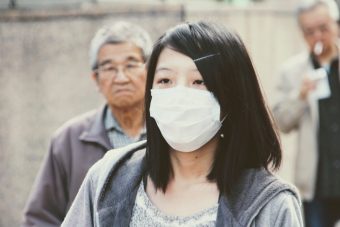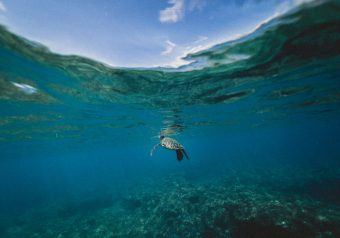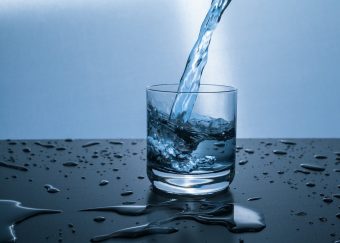
Siemens Energy has been selected by MHI Vestas Offshore Wind (MHI Vestas) to deliver 114 low-loss 66kV distribution transformers for the Seagreen Offshore Wind Farm in Scotland. With an installed capacity of 1,075 megawatts (MW), the wind farm will be Scotland’s single largest source of renewable energy and is forecast to provide low carbon energy for around 1.3 million homes.
The fluid immersed distribution transformers will complement 114 MHI Vestas’ 10MW turbines that the company will deliver to the wind farm located 27 km from the Angus coastline in Scotland. The low-loss distribution transformers were designed to meet high efficiency requirements. The transformer voltage class of up to 72.5 kilovolts (kV) will enable larger power capacities, such as provided by MHI Vestas’ 10MW offshore wind turbines, while keeping energy losses low. After commissioning, the distribution transformers will transform the voltage from the low voltage of produced electricity to the medium voltage level of 66kV needed to feed the offshore transmission substation before going to mainland with an even higher voltage. It is anticipated that the Seagreen Offshore Wind Farm will be operational by 2022/2023.
More:
“Siemens Energy worked closely together with us to develop a customized design transformer that perfectly fits our demands for an energy efficient solution with minimum footprint,” said Robert Slettenhaar, Vice President, Head of Procurement and Category Management at MHI Vestas Offshore Wind. “The transformers represent a critical component in our wind turbines and I am glad that with Siemens Energy we found a reliable and experienced partner for this significant project.”
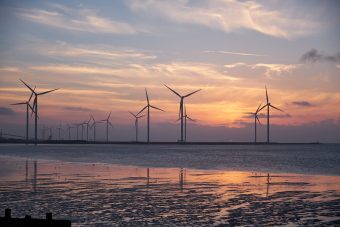
Beatrix Natter, Executive Vice President Transmission at Siemens Energy, said: “I am delighted that we have been chosen to deliver our state-of-the-art distribution transformers for the Seagreen Offshore Wind Farm – a project that is forecast to offset 1.6 million tonnes of carbon emissions per year and will significantly contribute to reach the UK’s net zero emissions targets.”
„We drive energy transition by innovation and customer dedication. Our team is enabling the efficient use of offshore wind energy, building on our 128 years of experience in transformers,” said Eduardo Terzi, Senior Vice President for Non-Switching Products at Siemens Energy. “Cleaner energy systems around the world is what we aim for, so implementing our lightweight and energy-efficient distribution transformers in Seagreen Offshore Wind Farm is an important milestone on this journey.”
The solution has been specifically designed for MHI Vestas’ needs for a lightweight and compact solution that passes through the opening in the tower base without disassembly. To combine the compactness with challenging and diverging efficiency requirements a newly developed core design, an innovative cooling solution as well as a highly efficient winding arrangement were implemented. The transformers will be filled with safe and biodegradable ester insulation fluid as an environmentally friendly and operationally safe alternative to conventional mineral oil. The transformers have been vibration tested to ensure they reliably cope with the highly demanding service conditions and strong vibration typical for wind power applications. In addition, a short circuit test was conducted to ensure the transformers can withstand potential short circuits.
About 10,000 fluid immersed transformer units built for wind farms in Siemens Energy’s transformer factory Weiz (Austria) in the last 10 years are affirming the company’s position as a leading supplier for special transformers for wind turbines.
For further information on wind energy, please visit the following press feature
www.siemens-energy.com/press/windenergy
Source: Siemens Energy

